Earth Science and Engineering
Up in the air over Arabia
Studying dusty air, especially in the Middle East, which is part of the Earth’s notorious dust belt, has both local and global significance.

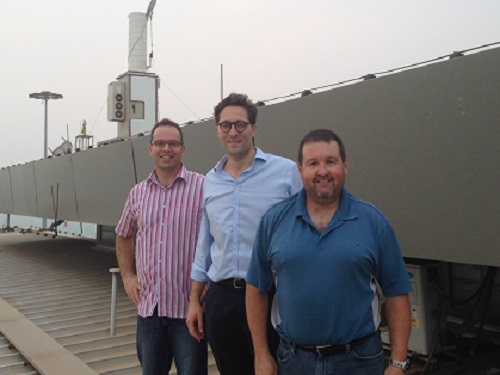
This research has international significance. Pictured are visitors from the National Center for Atmospheric Research, USA, and the Max Planck Institute for Chemistry, Germany, in front of the KAUST laser-based atmospheric monitoring instrument.
© 2016 KAUST Iliya Shvchenko
Understanding the unique characteristics of the Arabian atmosphere has much to offer global research. Pollution, weather, climate change, human health, agriculture and fisheries are all affected by the suspended particles in the atmosphere collectively known as aerosols. This is especially significant in the Middle East, as part of the Earth’s notorious dust belt.
KAUST Professor of Earth Science and Engineering Georgiy Stenchikov leads a research team that is gleaning important insights into the changing global patterns of aerosols, specifically those over the Arabian Peninsula. “The effect of aerosols is possibly the least understood aspect of the atmosphere,” said Stenchikov. The global significance of the work is laid bare by a long-term collaboration with NASA that continuously feeds data into NASA’s worldwide network of atmospheric monitoring and analysis.
Stenchikov’s distinguished career in atmospheric science began in his native Russia followed by research and teaching posts in several universities in the U.S. He was part of a team of international experts that contributes to the reports by the Intergovernmental Panel on Climate Change (IPCC), a team that was awarded the Nobel Peace Prize in 2007.
A founding member of KAUST in 2009, Stenchikov was in part drawn by the opportunity to study what he describes as “the absolutely unique atmosphere” above the Arabian region. It is unique due to the high and extremely variable levels of dust thrown up from the surrounding deserts, including those in Africa, combined with strong sunlight to power photochemistry.
The interplay of dust and light is the main focus of Stenchikov’s research. His aim is to understand and model the effect of dust on air pollution both to guide steps to mitigate air pollution and to study the influence of dust on many other areas ranging from local agriculture and industry to global climate change.
The KAUST team uses three key instruments to measure the absorption and scattering of incoming solar radiation by aerosols in the atmosphere: a robotic ground-based sunphotometer that automatically sends data into NASA’s Aerosol Robotic Network, comprising monitoring stations around the globe1; a hand-held sunphotometer instrument, which has been used during research ship cruises to monitor aerosols over the sea; and a laser-based instrument that can build an accurate picture of the vertical distribution of aerosols above selected locations.
One notable ship-based study revealed a distinct separation in the effect of dust on the energy balance in the northern and southern Red Sea. This leads to increased cooling of the Red Sea surface in the South, which Stenchikov expects must influence the productivity of the fisheries that are a key part of the region’s economy2.
The researchers have also detected changes in air pollution levels linked to altered patterns of dust generation and transport through the atmosphere. Looking farther afield, they have investigated how dust moves from Africa to the air above the Arabian Peninsula, bringing nutrients into the Red Sea ecosystem and also affecting the air quality and total energy balance of the region3.
Better understanding dust and light will also underpin the development of solar power generation technologies, which are a major part of Saudi Arabia’s plans to reduce its dependence on oil. “The Arabian Desert receives enough solar energy to power the entire world,” Stenchikov pointed out, but knowing where and how dust may hinder capturing some of that energy is crucial to planning a solar-powered future.
Stenchikov’s group develops sophisticated computer modeling methods that can represent and predict dust flows and their effects. These can be used to collate and verify data obtained from a wide range of data sources, including satellite monitoring.
The models can be applied to skies far from Stenchikov’s base at KAUST. For example, one model of the photochemical influence of aerosols was featured in a recent research paper on biomass burning in South America. This study revealed that unlike simple soot, brown carbon (organic particulates) can interact with solar radiation in a way that reduces the generation of air pollutants, including ozone4. Thus, some effects of biomass burning can actually alleviate other aspects of atmospheric pollution.
Stenchikov explained that the effects of environmental dust are very complex: benefits include delivering nutrients for crops and fisheries and screening out some harmful UV radiation, while drawbacks are evident from its effect on air quality and health. “The influence of dust on the energy balance and chemistry of the atmosphere is huge, and there is still much we need to understand,” said Stenchikov.
References
- NASA AERONET – Aerosol Robotic Network.| Link
- Brindley, H., Osipov, S., Bantges,… Stenchikov, G. An assessment of the quality of aerosol retrievals over the Red Sea and evaluation of the climatological cloud-free dust direct radiative effect in the region. Journal of Geophysical Research: Atmospheres 120, 10862–10878.(2015).| article
-
Kalenderski, S. & Stenchikov, G. High-resolution regional modeling of summertime transport and impact of African dust over the Red Sea and Arabian Peninsula. Journal of Geophysical Research: Atmospheres 121, 6435-6458 (2016).| article
-
Mok, J., Krotkov, N. A., Arola, A., Torres,... Stenchikov, G….Impacts of brown carbon from biomass burning on surface UV and ozone photochemistry in the Amazon Basin. Scientific Reports 6, 36940.| article
You might also like
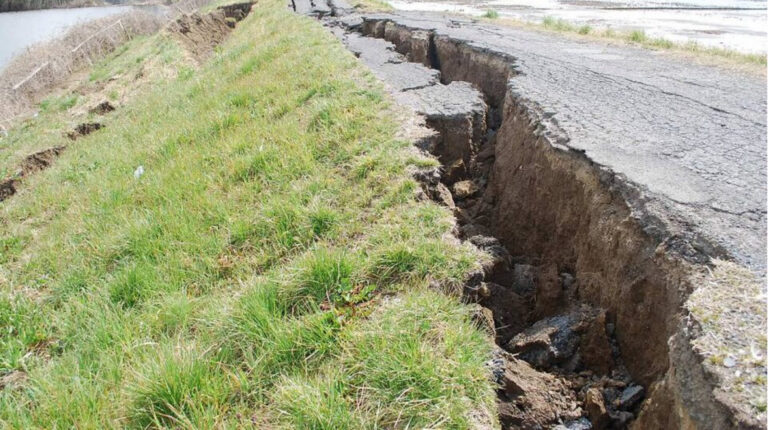
Earth Science and Engineering
When Earth breaks the “rules”

Earth Science and Engineering
Unearthing Arabia’s ancient foundations: New insights from the Ha’il terrane
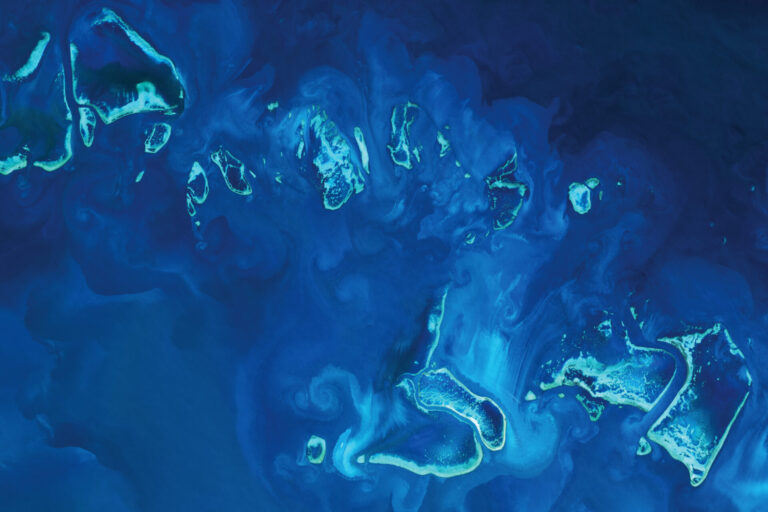
Earth Science and Engineering
Sensing color cues to monitor coral health in the Red Sea
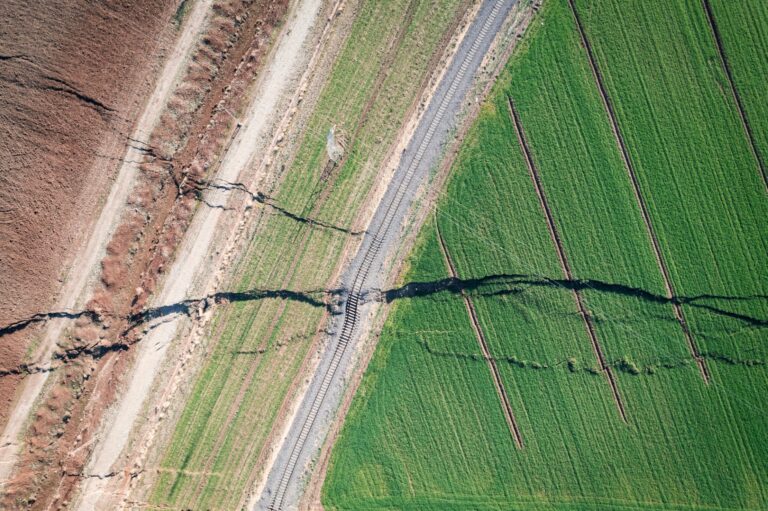
Earth Science and Engineering
Kahramanmaraş earthquake study showcases potential slip rate errors
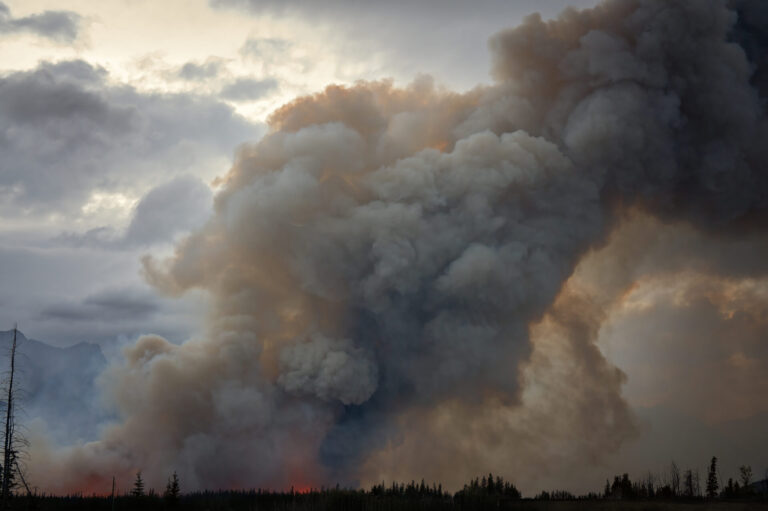
Chemical Engineering
Unveiling the role of biomass-burning aerosols in atmospheric reactions
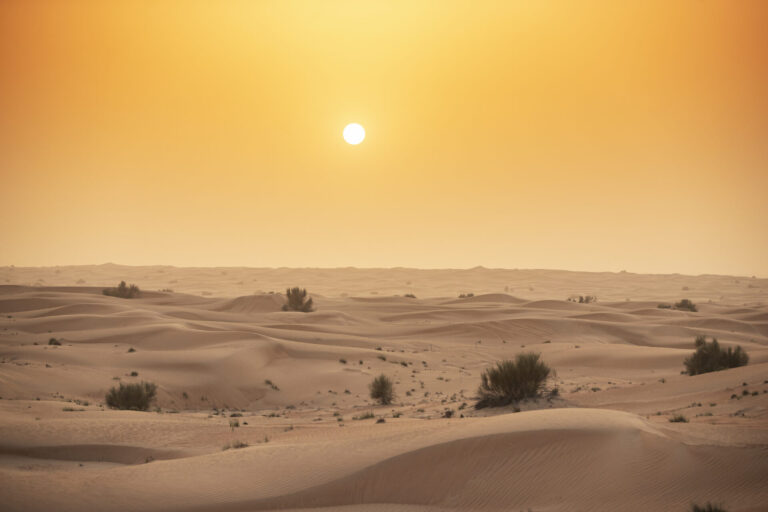
Earth Science and Engineering
Feeling the heat across the Middle East
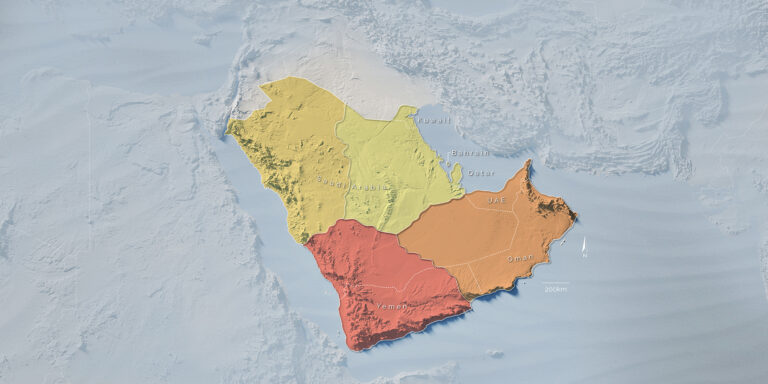
Applied Mathematics and Computational Sciences
Past and future drought patterns across the Arabian Peninsula
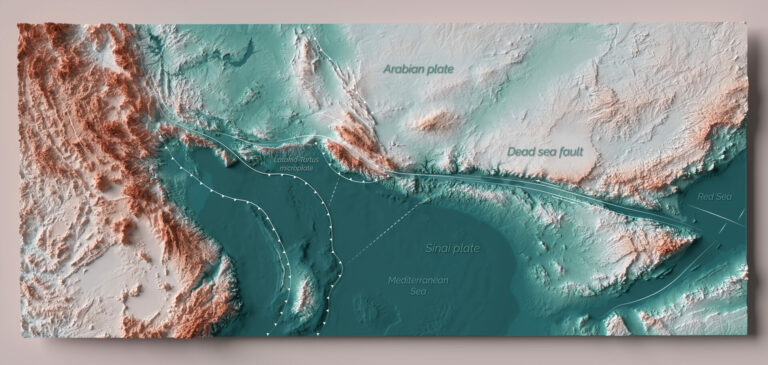
Earth Science and Engineering



